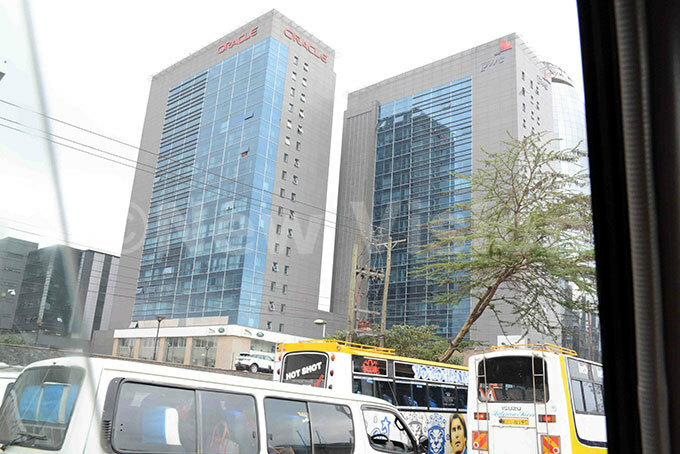Nairobi: 'The cool water city'
To the local residents though, the city is not cool at all. Several warnings are given out to visitors on how careful they must be to avoid being robbed or of ‘dangerous muggers’ at every street corner, targeting mainly foreigners.
PIC: The busy streets of Nairobi. All Photos by Eddie Ssejoba
The first impression of Nairobi city to a visitor is a fast-growing commercial hub, with motorists driving heavy and expensive cars, rushing to beat the heavy traffic jam.
Motorists have no patience at all, and incidents of them brushing each other in the jam are so common that the Police are always available to settle disputes on the roadside. They are either rushing to office or to transact business or trying to avoid getting entangled in the jam. It is a busy city indeed, with everyone on the move.
I did not see the river but I later learnt that Nairobi, commonly referred to as ‘the Green City in the Sun' is a Maasai phrase for ‘cool water' (Enkare Nyrobi), in reference to a river that cuts through the city. The Maasai, however, one of the indigenous tribes of Kenya are common on the streets, hawking locally made sandals and traditional medicine.
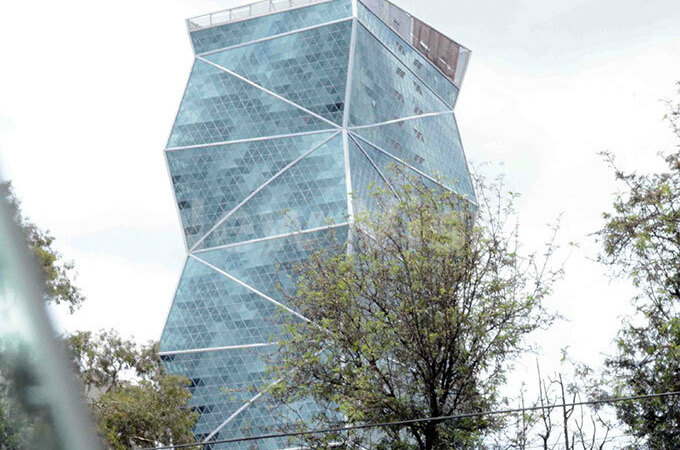 Nairobi's shinny skyscrapers
Nairobi's shinny skyscrapers
To the local residents though, the city is not cool at all. Several warnings are given out to visitors on how careful they must be to avoid being robbed or of ‘dangerous muggers' at every street corner, targeting mainly foreigners.
The mugger are majorly young men who reside in the city's big slums, characterised by mud and wattle old structures with rusty iron roofs, located adjacent to the city's shining skyscrapers. The muggers can be detected by their suspicious looks and moves, often focusing on their prey in the early morning and late evening rush hour.
Apart from visitors, the thugs too target the vulnerable low-income earners who use short-cuts to access the city centre, ignoring the hooting and beckoning bus touts, who hang by the doorways of coloured and decorated city commuters, commonly known as ‘matatus'.
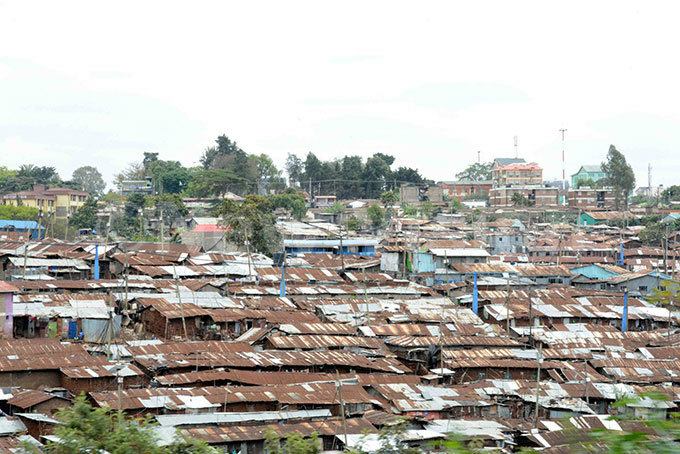 Nairobi has one of the biggest city slums in Africa
Nairobi has one of the biggest city slums in Africa
The city has a population of over 3 million people as per the 2009 census, ranking second after Dar es Salaam in East Africa and the 10th largest in Africa, but the city's metropolitan area has over 6.5 million residents.
It is one of the oldest cities in East Africa, having been established by colonialists in 1899 as a rail warehouse during the construction of the Uganda Railway. It is home to many International organisations and agencies that operate in the Great Lakes region and a regional commercial hub.
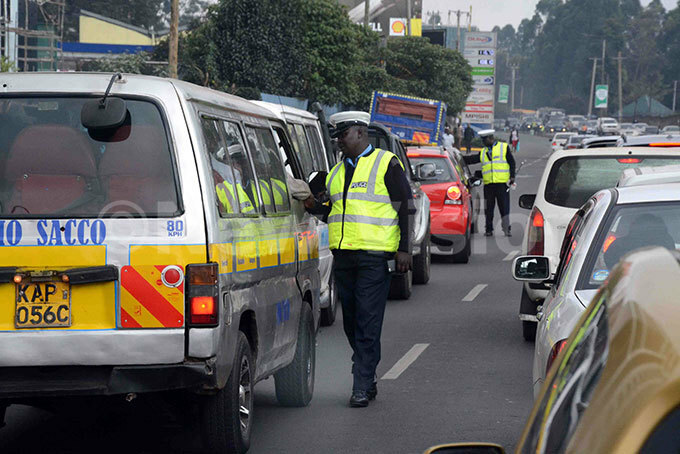
The city is about 15.36km from Jomo Kenyatta International Airport at Embakasi suburb, which is the biggest and one of the most modern airports in the region, boasting of flight schedules connecting to over 50 countries. The airport has the biggest number of female drivers in the region who are always the first to offer services to visitors.
Nairobi is also a tourist hub with Nairobi National Park, a large game reserve known for breeding endangered black rhinos and home to giraffes, zebras and lions. It also has an elephant orphanage.
The city is known as a connection centre and a jumping-off point for safari trips to various tourist centres in the region, including Uganda.
Majority of residents in Nairobi city are Swahili speaking, who come from the various regions of the country. The Kikuyus constitute the majority of the city dwellers but others include the Luo, Kisii, Kalenjin, Kamba, Maasai and Luhyia.
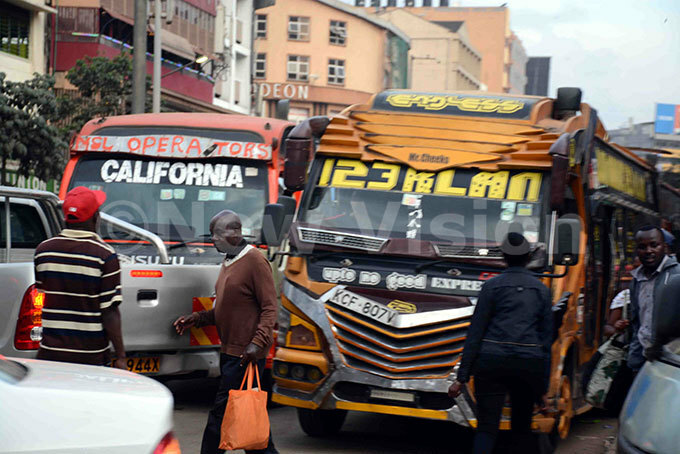 Nairobi is also known for its city commuters also known as matatus
Nairobi is also known for its city commuters also known as matatus
The city has also got a high number of traders of Indian origin who operate restaurants, shops, banks and other business ventures.
